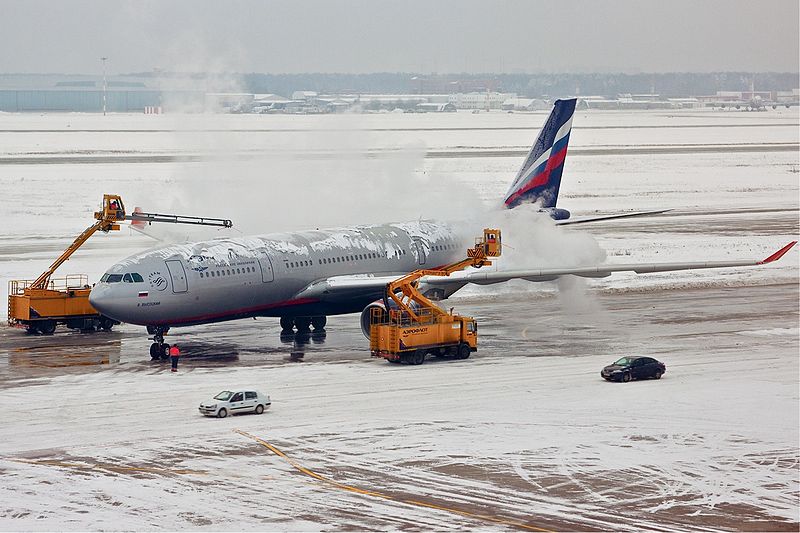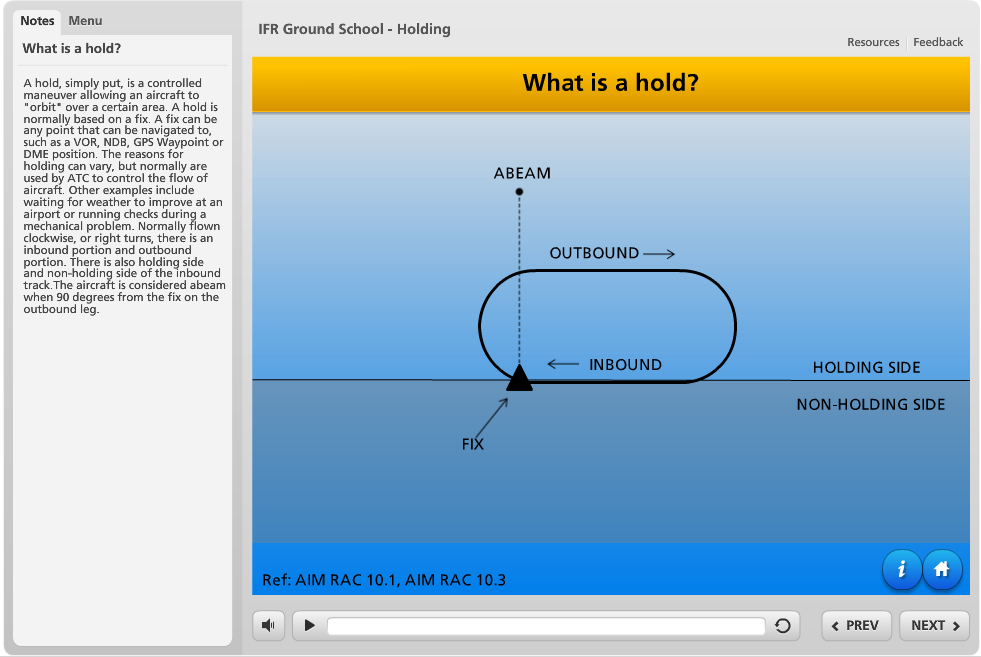Expecting the unexpected on a stable approach
Stable approach is an important topic in the industry. Unstable approaches are statistically associated as a factor in approach and landing accidents. Pilots are being taught to plan and fly stable approaches. Different companies have different procedures, but by establishing a plan of action and keeping the aircraft within an acceptable performance window will help maintain a stable approach and safe landing.
What is a stable approach?
A stable approach is when the aircraft is flown at an acceptable speed, altitude and configuration appropriate for the stage of the approach. This is important to maintain consistency and to reduce workload on the pilots during critical phases. For example, a company may require the aircraft to have gear and flaps down before five miles final. This could be for various reasons, but in this example we could say that after the five mile mark the pilots should be focusing on flying the aircraft and completing final checklists instead of changing the configuration. Part of a stable approach is also communication. Pilots should be communicating any concerns or changes during the approach. Within a company’s policies, the pilots could correct the change or discontinue the approach.
What if something unexpected happens?
An Australian Transport Safety Bureau (ATSB) investigation details the events of a Boeing 717 on approach to Perth in 2012. Due to forecasted weather, an alternate was not required. However, the weather in Perth had deteriorated to IMC conditions. At the missed approach point the crew of the 717 did not have visual contact with the runway and began a missed approach. As the missed approach was being executed visual contact with the runway was made. The pilots discontinued the missed approach and landed the aircraft in an unstable condition. The pilots had decided it was safer to land the aircraft in an unstable condition rather than risk a fuel emergency.
The unstable landing of the 717 is an example of something unexpected happening (unexpected weather, potential fuel emergency). At the time the pilots felt that landing unstable was the safer option.
The importance of a stable approach is simple to understand. It establishes safe conditions during higher workloads where the room for error is less acceptable and the risks are higher. When an unexpected situation occurs, pilots may not be able to resolve the situation effectively. The solutions is, as was the procedure of the Boeing 717’s company, to execute a missed approach. By doing so the crew are able to stabilize the aircraft at a safe altitude and speed, then review what factors caused the unstable situation and develop a plan for another stable approach and landing.
So…
Sometimes when flying into familiar airports with beautiful conditions it is easy to think, “I can handle this”, or “a little more speed won’t hurt”. Maybe you can? But what if something unexpected happens? A sudden downdraft or a minor failure? Suddenly this simple approach and landing has an extra variable, something you have not prepared for. What do you do? Deal with the situation and continue to land or do you conduct a missed approach?
The ATSB says it this way, “If there is any doubt about the safety of the aircraft, conducting a go-around is a perfectly legitimate option. Safety trumps scheduling or dignity.”
We should all think about how important stable approaches are. Just because we’re not in the simulator, we should always be prepared to give or receive the command, “go around”.
More reading:
- Handling unexpected developments – ATSB – https://www.atsb.gov.au/newsroom/news-items/2016/handling-unexpected-developments/
- Handling approach to land – ATSB- https://www.atsb.gov.au/safetywatch/handling-approach-to-land.aspx
- Weather-related operational event involving Boeing 717, VH NXO, Perth Airport, WA on 1 June 2012 – ATSB – https://www.atsb.gov.au/publications/investigation_reports/2012/aair/ao-2012-073.aspx
Occurrences Related to Unstable Approaches:
- Hard landing – Darwin Airport, Northern Territory, 7 February 2008, VH-NXE, Boeing Company 717–200 – ATSB – https://www.atsb.gov.au/publications/investigation_reports/2008/aair/ao-2008-007.aspx
- Stickshaker activation – Boeing 717-200, VH-NXE, Alice Springs, NT, 18 September 2008 – ATSB – https://www.atsb.gov.au/publications/investigation_reports/2008/aair/ao-2008-064.aspx
- Unstable approach, VH-TQL Sydney Aerodrome, New South Wales 26 December 2008 – ATSB – https://www.atsb.gov.au/publications/investigation_reports/2008/aair/ao-2009-001.aspx
- Stall warning device event – Bombardier Inc DHC-8-315, VH-TQL, Sydney Airport, NSW, 1 March 2011 – ATSB – https://www.atsb.gov.au/publications/investigation_reports/2011/aair/ao-2011-036.aspx
- Go-around event Melbourne Airport, Victoria, 21 July 2007, VH-VQT, Airbus Industrie A320-232 – ATSB – https://www.atsb.gov.au/publications/investigation_reports/2007/aair/ao-2007-044.aspx





This is awesome Tom. We’ll done I did enjoy your blog so much that I got a great idea. Have you consider writing for a magazine? Let me knkw what you think. Julien